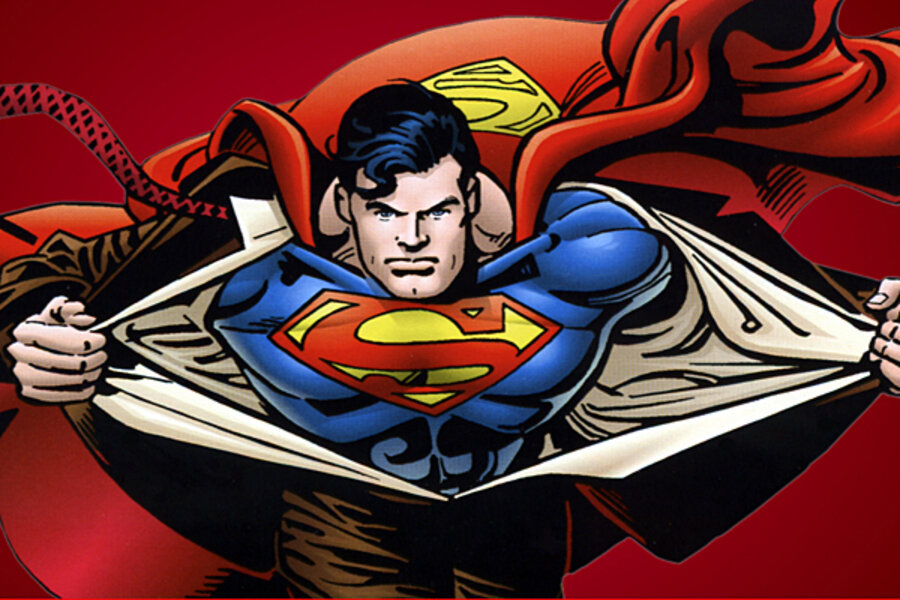How many o's in 'ka-booom'?
Loading...
Onomatopoeia isn’t over yet. Our language is full of words of imitative origin; that is, words whose sounds suggest their meaning. We speak of pigeons as “cooing,” for instance. That comes from the actual bird sound, which English-attuned ears conventionally hear as “coo,” and then we take that sound and modify it, for example, with the “ing” suffix. The pigeons, meanwhile, never say “cooing.” They just say “coo.”
But the quest for new written sound effects continues. A colleague has just invited my attention to a website called Written Sound (writtensound.com). Its tag line is “How to write the sound of things: imitative words (onomatopoeia) and words of imitative origin.”
The site is a sort of Roget’s Thesaurus for writers of comic books, children’s books, and other genres. It shows how to represent, in the 26 letters that English gives us, the sounds of daily life or, perhaps more crucially for Written Sound’s target audience, the sounds of super-heroes throwing punches, crossing swords with baddies, or vanishing in a puff of smoke – poof?
Those who come up with these written sound effects are like the foley artists of the movies – the special-effects experts who come in after filming to add more sound to what has already been picked up by the sound crew. Foley artists make the sound of footfalls, say, sound even “more” like footfalls.
I’m a little surprised that English doesn’t have a more down-to-earth word for this verbal foley artistry than onomatopoeia, but it doesn’t. It comes from Greek, as do many words having to do with language and rhetoric (rhetoric itself among them).
But onomatopoeia comes from words meaning simply “the making of a name or word.” The idea of imitation of a sound linked to the thing named evidently came later, but is now firmly attached to the word. That “poeia,” by the way, is related to our words poem and poetry. A poet is, etymologically, someone who makes things. (Note to self: Remember this for Poetry Month.)
In my study of German, I like to collect words that are shorter than their English equivalents, and one from my collection is relevant here: Lautmalerei, literally “sound painting.” It’s two syllables shorter, and tucks in a metaphor of writer = painter besides.
Perhaps unsurprisingly, explosions figure large in Written Sound: Blam! Wham! Varoom! (As they do in the art of American painter Roy Lichtenstein. Each of these verbal bombs is the title of a work in his comic book-style oeuvre.)
Other categories: shooting weapons, metal, engines, and movement. Birds and animals, especially dogs and roosters, get a fair bit of space. And so many birds are named for their calls that the study of just bird names almost counts as an introduction to ornithology.
But not all the Lautmalerei on Written Sound is created equal. There’s something satisfying about a written sound effect that captures a sound perfectly. Skirl, for example, strikes me as an excellent transcription of the sound of bagpipes, especially if you pronounce it in your head with a Scottish “r.”
As a critic, though, I would have to say that any written sound effect that is hard to “get” unless you’ve clicked through to the YouTube video that Written Sound provides as supporting evidence is not quite ready for prime time. On the other hand, I now understand why the cry that ferrets make when they’re happy is called “dooking.”





